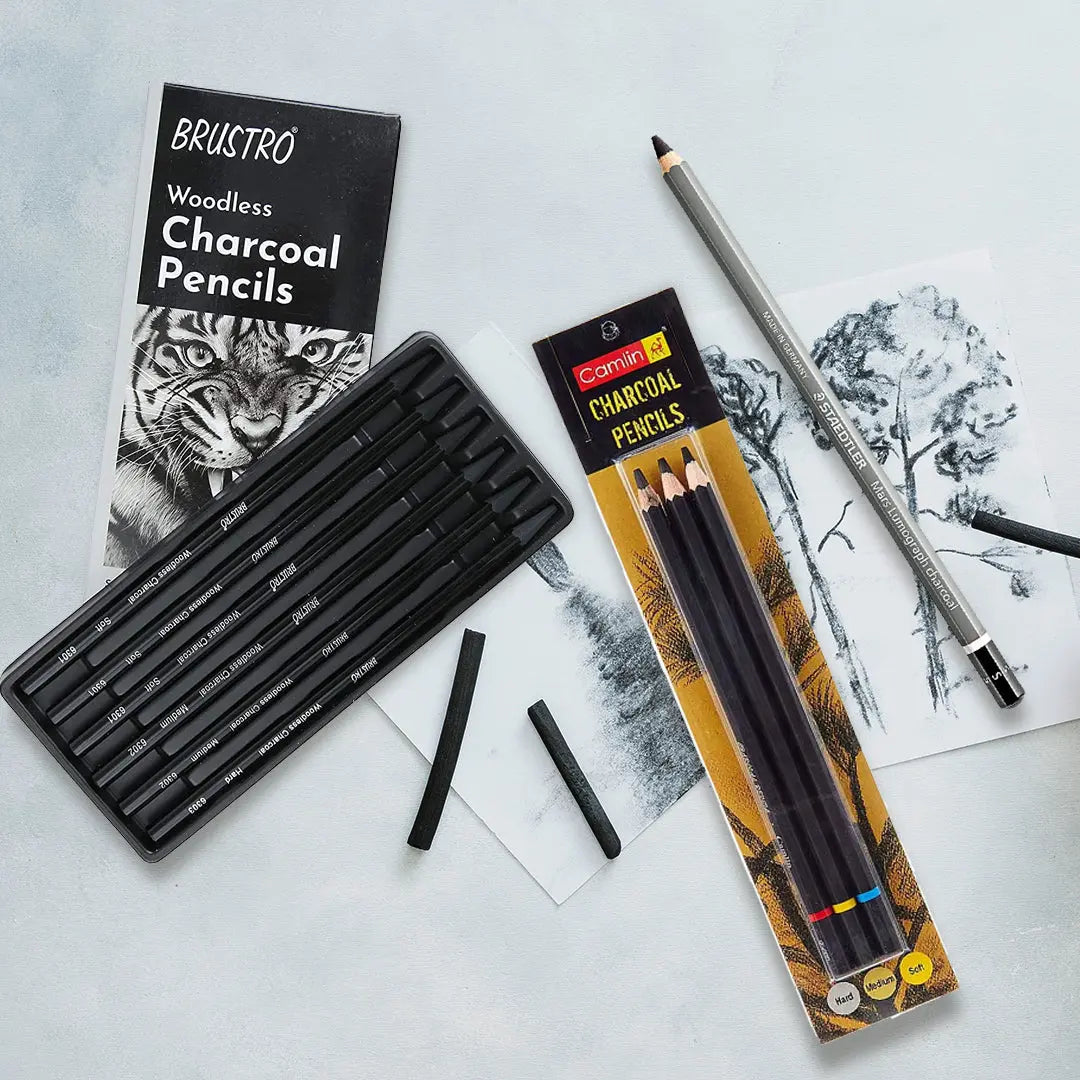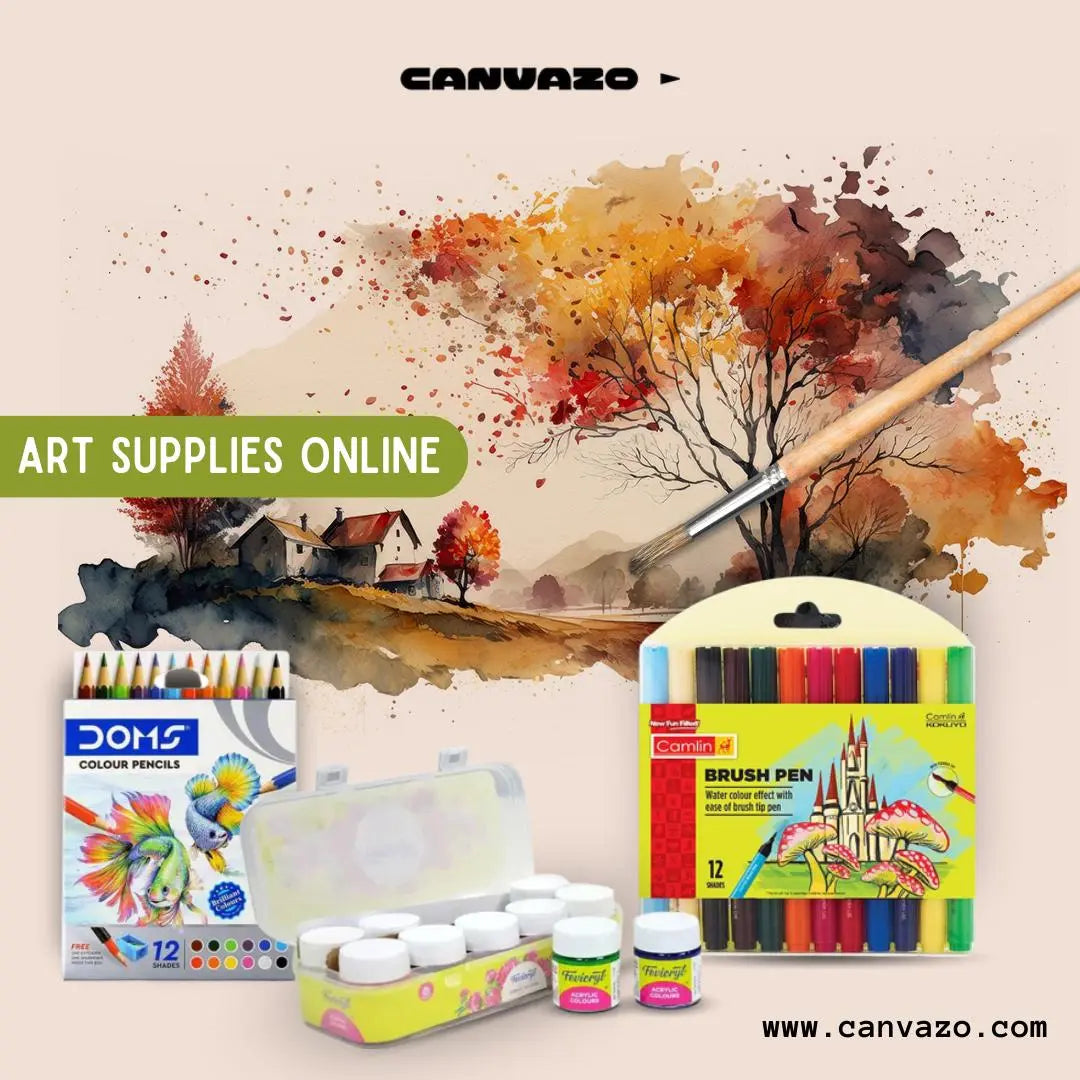Charcoal pencils are a popular medium among artists for drawing and sketching. With their rich, dark marks and versatility, charcoal pencils can be used to create a wide range of effects, from light shading to bold lines. In this article, we'll explore the different types of charcoal pencils, how to choose the best one for your needs, and some tips for using them effectively.
Types of Charcoal Pencils
There are two main types of charcoal pencils: compressed charcoal and vine charcoal.
Compressed charcoal pencils are made by grinding charcoal and then compressing it into a stick or pencil form. They are darker and harder than vine charcoal and can be used to create sharp lines and bold marks. Compressed charcoal pencils are available in different levels of hardness, ranging from soft to hard.
Vine charcoal, on the other hand, is made from burned grapevines and is softer and more delicate than compressed charcoal. Vine charcoal pencils are ideal for creating lighter, more subtle shading and are a favorite of many artists for their versatility.
Choosing the Right Charcoal Pencil
When choosing a charcoal pencil, there are a few factors to consider. First, consider the type of project you'll be working on. If you're working on a detailed drawing that requires precise lines and shading, compressed charcoal pencils may be the best choice. If you're creating a more organic or loose sketch, vine charcoal may be a better fit.
Another factor to consider is the level of hardness. Soft charcoal pencils are ideal for creating darker and more expressive marks, while harder pencils are better for fine detail work.
Finally, consider the brand and quality of the charcoal pencils. High-quality charcoal pencils are made with superior materials and may produce more consistent and long-lasting results. Some popular brands of charcoal pencils include Derwent, General's, and Faber-Castell.
Tips for Using Charcoal Pencils
Once you've chosen the right charcoal pencil, there are a few tips to keep in mind to ensure the best results:
-
Start with a light touch. Charcoal pencils are soft and can smudge easily, so start with a light touch and build up the darkness gradually.
-
Use a fixative. After completing your drawing, use a fixative spray to set the charcoal and prevent smudging or smearing.
-
Experiment with different textures. Charcoal pencils can be used on a variety of surfaces, from smooth paper to textured canvas. Experiment with different surfaces to see how the charcoal pencil behaves and how it affects the final result.
-
Blend with your fingers or a blending tool. Charcoal pencils can be blended to create a smoother, more organic look. Use your fingers or a blending tool to create the desired effect.

Conclusion
Charcoal pencils are a versatile and popular medium for artists of all levels. Whether you're creating detailed drawings or loose sketches, there's a charcoal pencil that can help you achieve the desired effect. By choosing the right type of charcoal pencil, considering the level of hardness, and using the right techniques, you can create stunning artwork that showcases the unique beauty of this classic medium.


